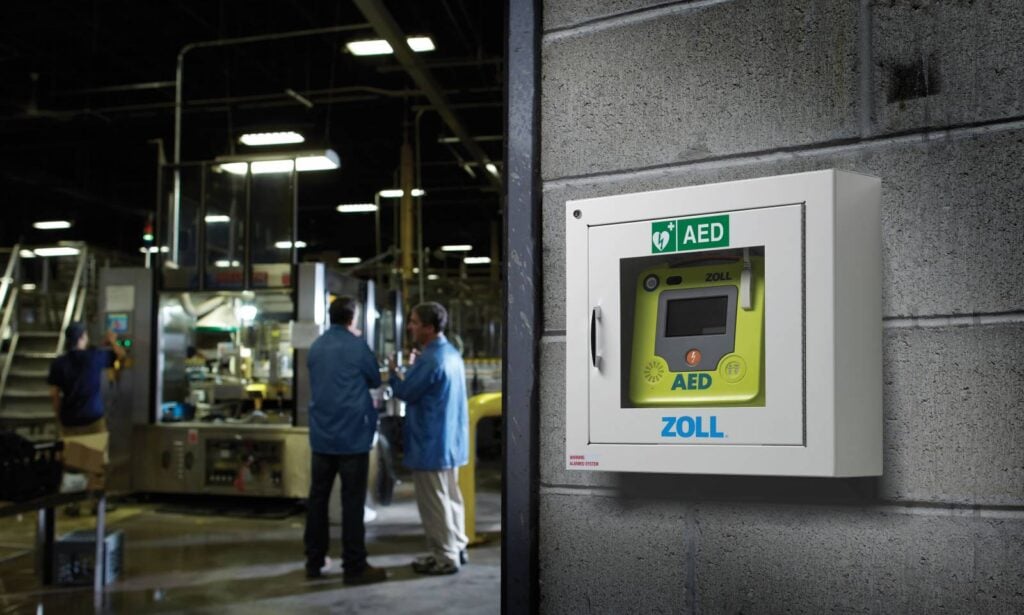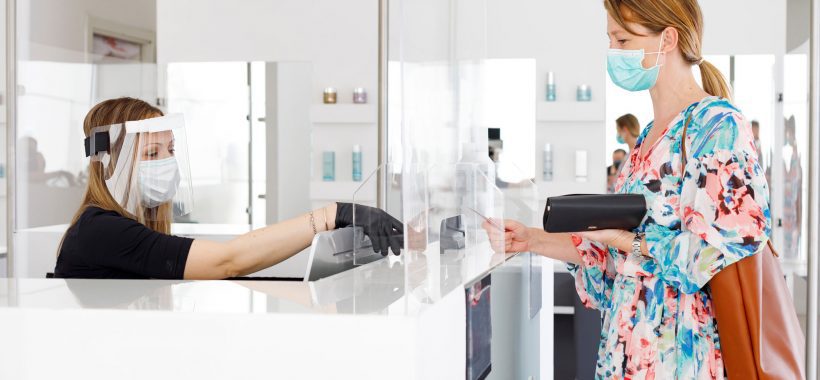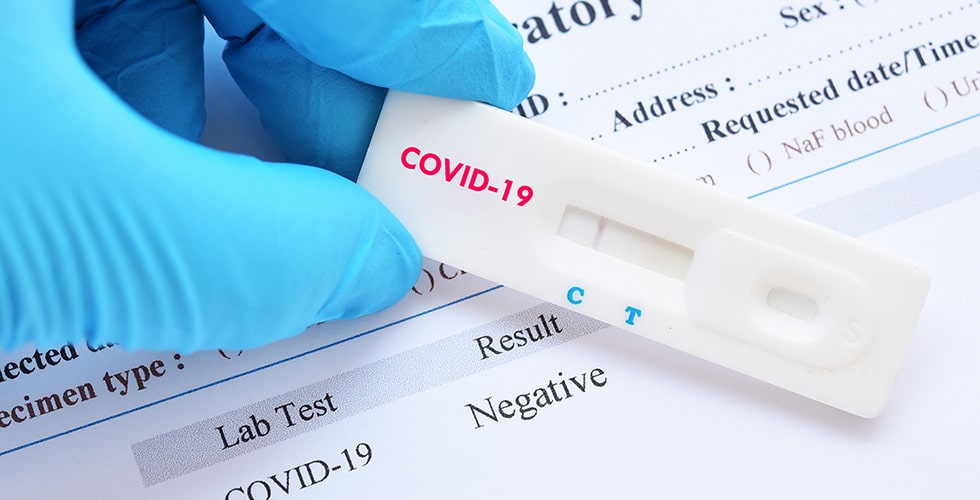5 Benefits of Having a Defibrillator in the Workplace
Health and safety at work are at the core of modern business priorities. Every day, thousands of employees go to work without imagining that a medical emergency could occur. Yet, cardiac arrests strike without warning. They can affect anyone, at any time, regardless of age or apparent health condition.
This is where the importance of a defibrillator in the workplace comes in. More than just a piece of equipment, it is a vital tool capable of saving lives and strengthening the culture of prevention within your organization.
Let’s take a closer look at the 5 benefits of having a defibrillator in the workplace and why this investment is essential for every organization.
1. Save lives quickly in the event of a cardiac emergency
Every minute counts when a person suffers a cardiac arrest. According to the Heart and Stroke Foundation, survival chances decrease by 7 to 10% for every minute without intervention. After 10 minutes, survival rates are close to zero.
Having a defibrillator in the workplace allows for immediate intervention before emergency services arrive. The device even guides users step by step, making it accessible to everyone—even without medical training.
Example: an employee collapses in a warehouse. Without a defibrillator, everyone must wait for the ambulance, which often takes more than 8 minutes. With a defibrillator on site, intervention is immediate and can save their life.
2. Strengthen workplace health and safety culture
The presence of a defibrillator in the workplace demonstrates that the organization puts the health and safety of its employees first. It creates a climate of trust and shows a tangible commitment to collective well-being.
An employee who knows their workplace is equipped to handle a cardiac emergency feels more reassured and valued. This directly contributes to strengthening workplace health and safety (OHS) culture—an essential pillar for reducing risks and fostering a healthy work environment.
3. Reduce human and financial costs related to emergencies
A cardiac arrest in the workplace can have dramatic consequences:
- loss of an employee,
- trauma among colleagues,
- operational downtime,
- medical costs and compensation.
Investing in a defibrillator in the workplace costs far less than facing these outcomes. By reducing the risks of death or severe after-effects, you protect your employees while also limiting costs linked to extended absences and compensation claims.
Real-life example: a small business that installed defibrillators avoided a tragic outcome during an incident. Result: business continuity and no costly lawsuits.
4. Improve corporate image and social responsibility
In a context where corporate social responsibility (CSR) is increasingly important, installing a defibrillator in the workplace sends a strong message. You demonstrate that your organization is not just meeting minimum safety standards but going further to protect employees and visitors.
Clients, partners, and potential hires perceive this as a sign of seriousness and humanity. This contributes to strengthening your brand image and building a reputation as a responsible company that values the importance of health and safety.
5. Reassure employees, clients, and visitors
A visible defibrillator in the workplace has a positive psychological impact. Employees feel protected, and visitors or customers reassured. This creates a safer and more welcoming environment.
Example: in a shopping center or office building, the mere presence of a defibrillator inspires confidence and helps retain clients by reinforcing their sense of safety.
How to properly equip your workplace
Choose the right AED model:
- Easy-to-use devices with clear voice instructions
- Certified by Health Canada
- Resistant to heat, dust, and humidity
Where to install it:
- Near high-traffic or isolated areas
- Easily accessible and clearly marked
Train employees:
- Basic CPR and AED training
- Annual skills refreshers
Simply having a defibrillator in the workplace is not enough—staff must also know how to use it effectively. Some companies even integrate AED use into evacuation drills or first aid simulations.
Types of defibrillators
There are several models of automated external defibrillators (AEDs), each designed for specific workplace needs. Choosing the right equipment ensures a quick, intuitive, and effective response.
Fully automatic AEDs
These devices automatically detect cardiac arrest and deliver the shock without human intervention. Perfect for workplaces with few trained employees, as they reduce stress in emergencies.
Semi-automatic AEDs
These require the user to press a button to deliver the shock after analyzing the heart rhythm. Ideal for workplaces where employees have received basic CPR training.
AEDs with wall cabinets or complete kits
Some models include a wall-mounted cabinet, alarm, or first aid kit. Perfect for businesses that want to integrate the AED into a structured and visible emergency plan.
Best practices for integrating a defibrillator in the workplace
For a defibrillator to be truly effective, it must be paired with best practices:
- Strategic placement: in high-traffic, easily accessible areas.
- Clear signage: so everyone knows exactly where to find it.
- Employee training: even if simple to use, trained staff strengthen safety.
- Regular maintenance: check batteries and update equipment.
FAQ
Is a defibrillator mandatory in the workplace?
Not yet, but it is strongly recommended. In high-risk industries or busy workplaces, it is almost essential.
Can all employees use it?
Yes. Modern defibrillators provide step-by-step voice instructions to guide the user.
How much does a workplace defibrillator cost?
Depending on the model, between $1,500 and $2,500. A small investment compared to the value of a life. Refurbished AEDs can also be a cost-effective alternative.
What is the lifespan of a defibrillator?
On average, 8 to 10 years, with periodic replacement of batteries and pads.
Conclusion
Cardiac arrest is unpredictable, but its consequences can be managed if the workplace is properly prepared. Installing a defibrillator in the workplace is a simple step that can save lives, strengthen prevention culture, and demonstrate true leadership in health and safety.
By choosing a defibrillator from EPI Canada, you equip your organization with a vital tool while reinforcing your commitment to workplace safety. Don’t leave it to chance—make prevention a priority today.

About Stéphane Maurais – Founder of Alco Prevention Canada
Since 1989, Stéphane Maurais has embodied passion, innovation, and determination in the service of road safety and the prevention of risks related to alcohol and drug use. Alongside his partner Ronald Chartrand—whose father tragically lost his life in a traffic accident in the 1970s—he founded Alco Prevention Canada, now recognized as a global leader in prevention solutions. These include certified single-use breathalyzers, electronic breath alcohol testers, drug screening tests, workplace health and safety programs, and event-based prevention tools.
Over a 36-year career, Stéphane Maurais has distributed millions of breathalyzers, helped save thousands of lives, and raised awareness among companies, government agencies, law enforcement, colleges, and universities around the world. He is also a pioneer in the fight against chemical submission, developing concrete tools to combat date rape drugs.
His commitment is unwavering:
“Every breath measured is a life protected. For 36 years, my mission has been simple: to save lives, one decision at a time.”
— Stéphane Maurais
Founder and President, Alco Prevention Canada










